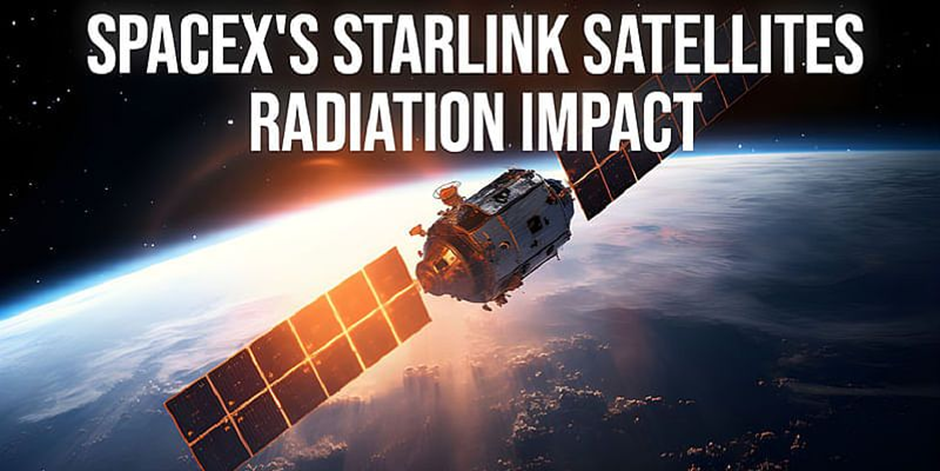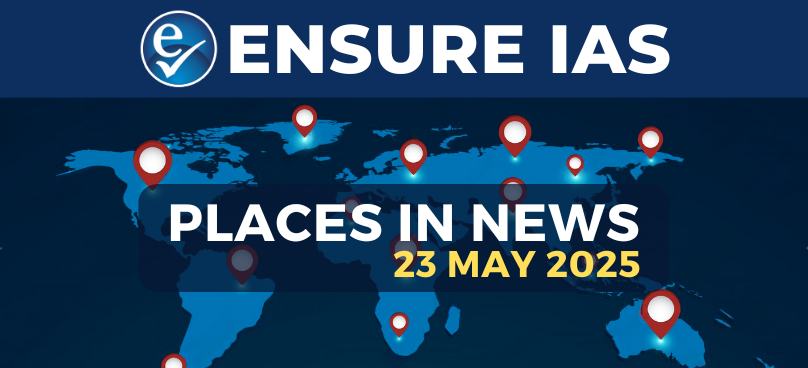- Courses
- GS Full Course 1 Year
- GS Full Course 2 Year
- GS Full Course 3 Year
- GS Full Course Till Selection
- Online Program
- GS Recorded Course
- NCERT (Recorded 500+ Hours)
- Polity Recorded Course
- Geography Recorded Course
- Economy Recorded Course
- AMAC Recorded Course
- Modern India, Post Independence & World History
- Environment Recoded Course
- Governance Recoded Course
- Science & Tech. Recoded Course
- International Relations and Internal Security Recorded Course
- Disaster Management Module Course
- Ethics Recoded Course
- Essay Recoded Course
- Current Affairs Recoded Course
- CSAT
- 5 LAYERED ARJUNA Mentorship
- Public Administration Optional
- ABOUT US
- OUR TOPPERS
- TEST SERIES
- FREE STUDY MATERIAL
- VIDEOS
- CONTACT US
Impact of Starlink Satellites on Astronomy
Impact of Starlink Satellites on Astronomy
27-09-2024

A recent study published in Astronomy & Astrophysics highlights how Elon Musk’s Starlink satellites are significantly hindering astronomical research, particularly for radio astronomers.
Starlink Satellite Constellation
- Current Status: More than 6,300 operational satellites orbiting Earth at approximately 550 km altitude.
- Purpose: Designed to provide high-speed internet access, especially in remote areas.
Problem: Radio Noise and Unintended Electromagnetic Radiation (UEMR)
- Issue: Starlink satellites generate "radio noise," which is unintended electromagnetic radiation that interferes with radio astronomical observations.
- Effect on Observations: This interference is likened to trying to see faint stars in the presence of bright headlights, making it difficult for astronomers to detect faint celestial signals.
Importance of Radio Astronomy
- Definition: Radio astronomy studies celestial objects through radio frequencies, using radio telescopes instead of optical telescopes.
- Challenges: Just as bright visible light can blind optical observers, excessive radio noise can saturate radio telescopes, preventing them from detecting critical signals.
- Expert Insight: Cees Bassa, lead author of the study, noted that observing with a satellite in view is akin to observing faint stars near a full Moon.
Why are radio telescopes used instead of optical telescopes?Radio telescopes and optical telescopes are both tools used to observe celestial objects, but they operate on fundamentally different principles. How they work:
Why radio telescopes are used:
|
Findings on Starlink’s Second-Generation Satellites
- Increased Brightness: The new generation of Starlink satellites emits UEMR at levels 32 times higher than the first generation.
- Response to Issues: While the first-generation satellites were made dimmer to mitigate radio leaks, the newer models have reversed this trend, complicating radio astronomers’ efforts.
- Future Projections: If satellite launches continue to increase, estimates suggest there could be up to 100,000 satellites in orbit by 2030.
Regulatory Considerations
- Need for Regulations: Experts advocate for regulations on satellite operators to limit UEMR, akin to existing regulations for terrestrial electronic sources like cellphone towers.
- Challenges of Leakage: While it’s impossible to eliminate electromagnetic leakage entirely, regulations can help minimize its impact on astronomical observations.
Current Solutions and Collaborations
- Good Faith Interactions: Astronomers are currently relying on cooperative engagements with satellite companies like Starlink to mitigate interference issues.
Conclusion
The proliferation of Starlink satellites poses a significant challenge to radio astronomy, impacting the ability of scientists to conduct observations effectively. As the number of satellites increases, the need for regulatory frameworks to manage radio noise becomes crucial to preserving the integrity of astronomical research.
Must Check: Best IAS Coaching In Delhi
UPSC Prelims Result 2024 Out: Expected Cut Off & Other Details, UPSC Prelims 2024 Answer with Explanation, Daily Prelims Quiz, Daily Current Affairs, MONTHLY CURRENT AFFAIRS TOTAL (CAT) MAGAZINE, Best IAS Coaching Institute in Karol Bagh, Best IAS Coaching Institute in Delhi, Daily Mains Question Answer Practice, ENSURE IAS UPSC Toppers, UPSC Toppers Marksheet, Previous Year Interview Questions, UPSC Syllabus
Official Secrets Act, 1923; and Section 152 of Bharatiya Nyaya Sanhita(BNS)
Official Secrets Act, 1923; and Section 152 of Bharatiya Nyaya Sanhita(BNS)



